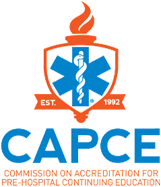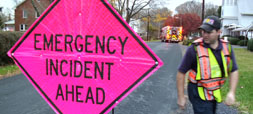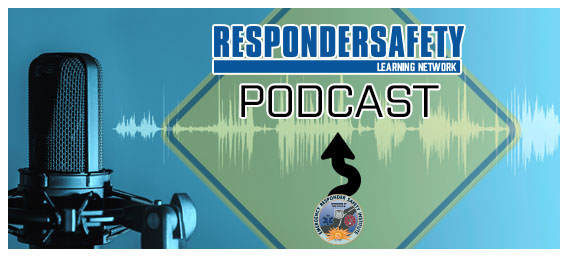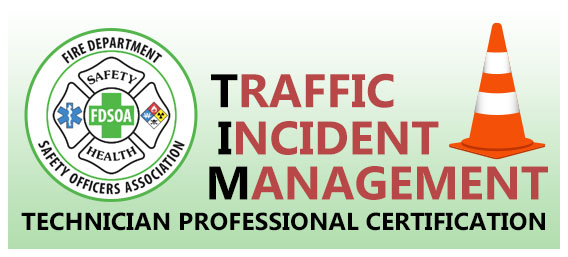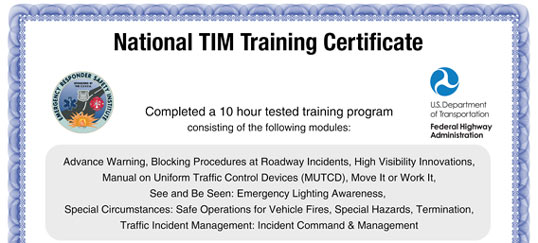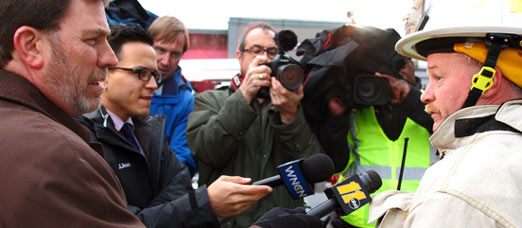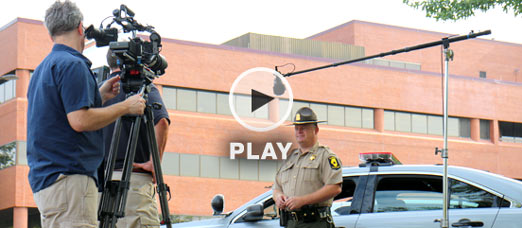Integrating Roadway Safety into Community Risk Reduction Programs
Credit Hours:
1
Approximate reading time:
0.5 Hours
Approximate online time:
0.5 Hours
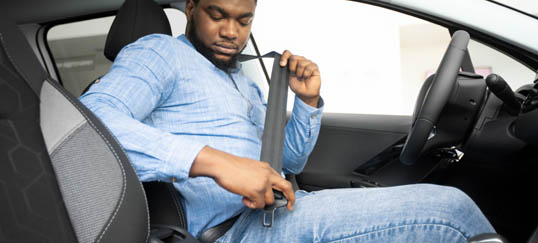
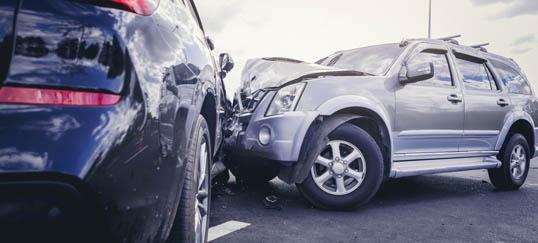
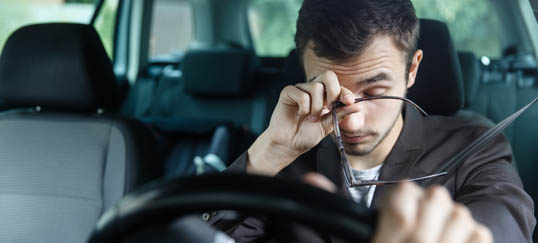
Program Abstract
Emergency services respond to a wide range of calls for service, including medical emergencies, fires, vehicle crashes, natural disasters, rescues, spills, compromised utilities, and disabled vehicles. Today, only 4% of fire department calls are for fires.1 Fire departments respond to over 4,000,000 incidents a year on roadway properties. Two-thirds of roadway response calls by fire departments are for EMS or rescue responses.2 The most common type of police department call for service is response to a traffic-related event. Unsafe driving is a community risk that impacts all emergency services and we have the tools to mitigate it through education. Emergency responders are exposed to moving traffic as they assist the public at roadway incidents. Every emergency response agency has a community interest and self-interest in reducing roadway incidents. Yet Community Risk Reduction (CRR) programs have often not diversified into roadway safety and safe driving practices. This module introduces roadway safety and safe driving practices that fire and life safety educators and all emergency services members who participate in public events can use to reduce the risk of roadway incidents in their communities. Topics covered include Slow Down Move Over, Move It (Steer it Clear It), passing an emergency scene safely, and distracted driving.
1Data is from: https://www.nfpa.org/News-and-Research/Data-research-and-tools/Emergency-Responders/Fire-department-calls
